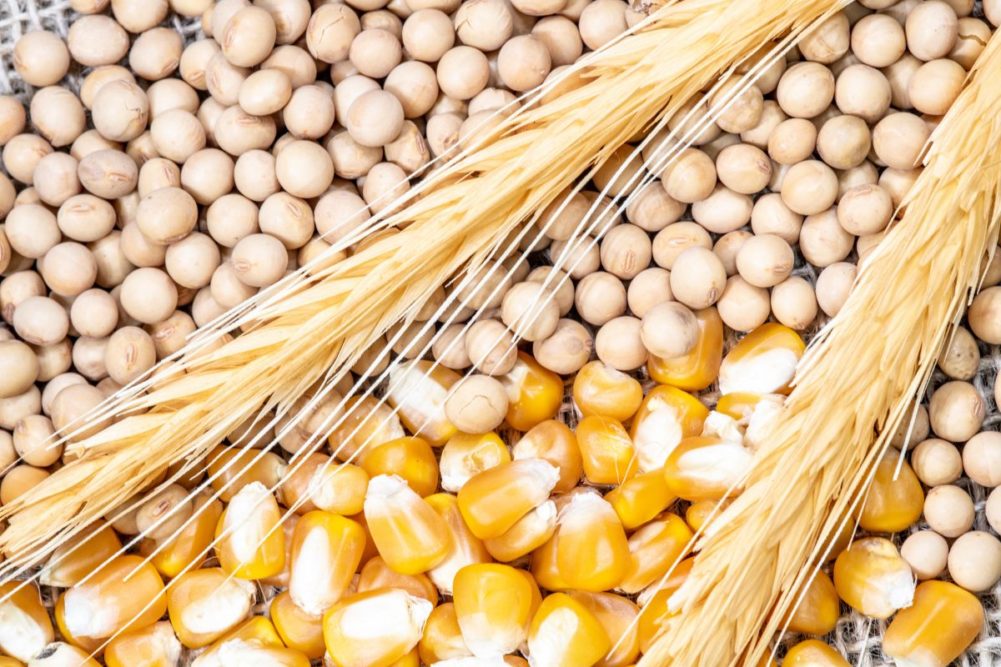UTRECHT, NETHERLANDS — Despite recent decreases in key operating costs, Rabobank said contracted field crop margins persisted globally in 2023 and will continue into 2024.
The outlook is still good for soybean farmers, but not so much for corn and wheat farmers, according to Rabobank’s Field crop margin outlook 2024.
Soybeans are likely to achieve good margins with costs moving lower and higher prices compared to historical figures.
While corn margins saw a mild recovery in 2023, farmers will face some challenges in 2024, Rabobank said. Prices will feel the pressure of healthy production in the United States and good prospects in Argentina and Brazil.
Wheat margins also improved in 2023 but farmers need to be extra cautious in the coming cycle, Rabobank said. It is forecasting a drop in wheat margins, though they should remain at good levels.
Markets are at a crossroads and prices could move in either direction, Rabobank said. Grain and oilseed prices began to decline in 2023 following the confirmation of record soybean and corn production in Brazil.
“Uncertainty arises from factors such as record crops in Brazil, ‘adequate’ crops in the US and Europe, and expectations of another record Brazilian crop in 2024,” Rabobank said. “Global domestic demand for key crops declined for the third time since 1980-81, pointing to building stocks and decreasing prices. Corn and soybean stocks increased, while wheat and rice stocks continue declining. Weather challenges and geopolitical instability coupled with economic uncertainty prompt consideration of a risk premium in the market.”
The end of the Black Sea Grain Initiative, which had allowed for the safe passage of grain out of Ukraine, has cut off a critical export passage.
Despite ongoing challenges from war, Ukraine’s agricultural exports face impediments, with bans from Poland, Slovakia, and Hungary persisting despite the EU lifting restrictions on Sept. 15.
Price volatility is the only certainty, Rabobank said.
“In terms of price risk, the corn market exhibits the least upside potential, with wheat presenting the highest,” Rabobank said. “Soybeans fall in between, indicating an equal likelihood of upside and downside risk. The prevailing market uncertainty ensures that price volatility is an inevitable certainty.”





